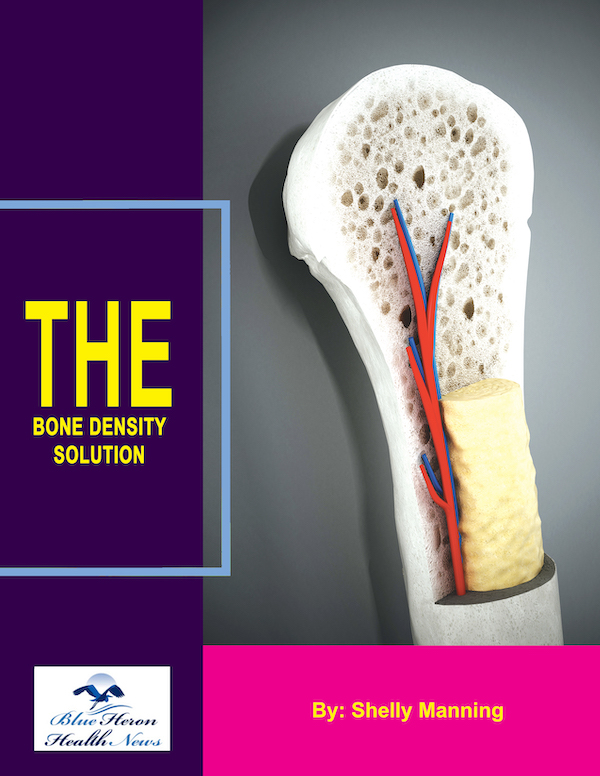
The Bone Density Solution By Shelly Manning The Bone Density Solution is worth considering for all those who are looking for an effective and lasting solution for the pain and inflammation caused by osteoporosis. The solutions are natural and can contribute to the overall well being. You just need to develop some healthy habits and add the right food to your diet to get the desired benefit.
How does lactation affect bone density?
Lactation can impact bone density in several ways, particularly due to the changes in hormones and calcium metabolism that occur during breastfeeding. While breastfeeding is beneficial for both the mother and the baby, it can lead to temporary changes in a woman’s bone health, although most of these changes are reversible once breastfeeding ends. Here’s a more detailed look at how lactation affects bone density:
1. Calcium and Bone Health
-
Increased Calcium Demand:
During lactation, the body has an increased demand for calcium because the mother needs to supply it to the breast milk to support the baby’s developing bones and teeth. The amount of calcium in breast milk remains constant even if the mother’s dietary intake is inadequate, and the body compensates by drawing calcium from the mother’s bone stores to meet this demand. -
Bone Resorption:
To provide sufficient calcium for milk production, the body increases the activity of osteoclasts, the cells that break down bone tissue and release calcium into the bloodstream. This process is known as bone resorption. As a result, there may be a temporary decrease in bone density during the lactation period, especially in the spine and hips.
2. Hormonal Changes
-
Estrogen Deficiency:
During breastfeeding, the levels of estrogen (a hormone that helps maintain bone density) are lower, especially if menstruation has not yet returned. Estrogen plays a crucial role in bone health by inhibiting bone resorption. The hormonal environment during lactation can thus lead to a reduction in bone formation and an increase in bone loss. -
Prolactin:
Prolactin, the hormone responsible for milk production, also plays a role in bone metabolism. While prolactin’s direct effects on bone density are still being studied, some research suggests that prolactin levels during lactation may influence bone remodeling by stimulating bone resorption.
3. Magnitude of Bone Density Loss
- The amount of bone density loss during lactation varies depending on several factors, including:
- Duration of breastfeeding: Longer periods of breastfeeding are associated with greater bone density loss, especially if breastfeeding continues for more than 6 months.
- Calcium intake: Women who have lower calcium intake during lactation may experience greater bone loss.
- Pre-existing bone health: Women who have low bone density or a history of conditions like osteoporosis are at higher risk of significant bone loss during lactation.
4. Recovery of Bone Density Post-Lactation
-
Bone Density Rebound:
Fortunately, the bone loss that occurs during breastfeeding is typically temporary. After weaning and the cessation of breastfeeding, estrogen levels rise again, and the body starts to rebuild bone. Studies have shown that most women regain the bone density lost during lactation within 6 to 12 months after breastfeeding ends. The rate of bone recovery depends on factors like dietary calcium, exercise, and overall health. -
Calcium Supplementation:
Adequate calcium intake during breastfeeding can help mitigate some of the negative effects on bone density. A diet rich in calcium and vitamin D can support bone health and aid in the prevention of significant bone loss.
5. Long-Term Bone Health
-
Cumulative Effect:
For most women, the temporary decrease in bone density during lactation does not lead to long-term bone health problems, as the bone density generally recovers after breastfeeding ends. However, if a woman experiences frequent pregnancies or extended periods of breastfeeding, there could be a cumulative effect on bone health, especially if she has other risk factors for osteoporosis. -
Prevention:
Women who are concerned about bone health during lactation can help reduce the risk of significant bone loss by ensuring they get enough calcium (around 1,000 to 1,200 mg per day for most women), getting adequate vitamin D, and engaging in weight-bearing exercises like walking or strength training to support bone strength.
6. Bone Density Loss in Older Women
- Women who breastfeed later in life, such as in their late 30s or 40s, may have a higher risk of bone density loss due to the combined effects of aging and reduced estrogen levels from perimenopause or menopause. Therefore, maintaining adequate bone health is even more critical during this time.
Conclusion
In summary, lactation leads to a temporary reduction in bone density, primarily due to increased calcium demand and hormonal changes. However, this loss is typically reversible after weaning. Women can help reduce the impact on their bone health by ensuring sufficient calcium and vitamin D intake, staying active, and managing overall health during and after breastfeeding. Most women’s bone density returns to pre-pregnancy levels within months after stopping breastfeeding, although those with existing bone health concerns may need to take additional precautions.
The Bone Density Solution By Shelly Manning The Bone Density Solution is worth considering for all those who are looking for an effective and lasting solution for the pain and inflammation caused by osteoporosis. The solutions are natural and can contribute to the overall well being. You just need to develop some healthy habits and add the right food to your diet to get the desired benefit.